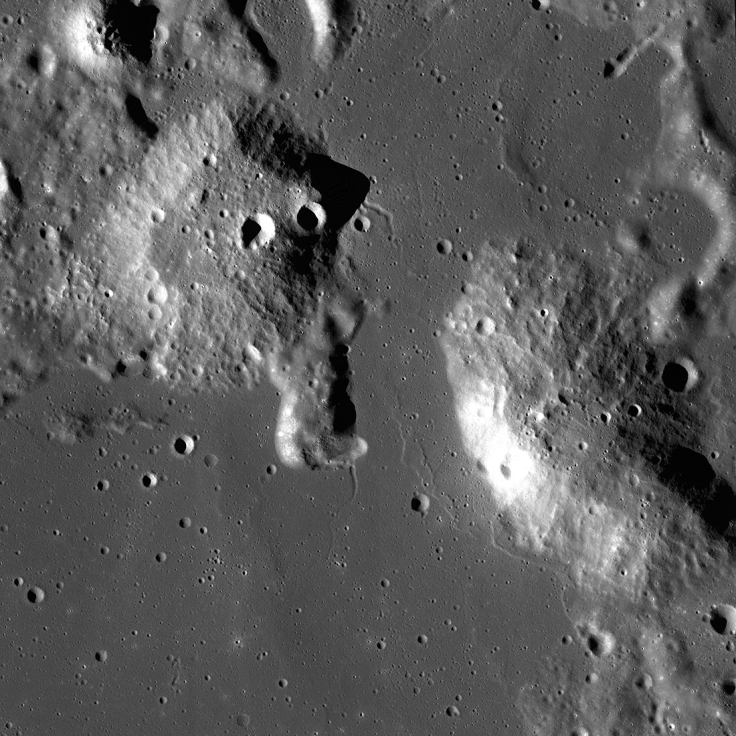NASA is determined to rekindle the Apollo-era spirit by bringing space exploration back to the moon in the following decade.

Two New Missions To Study the Moon
The space agency announced Friday that it has chosen two new research instrument suites, which will add to the expanding list of commercial deployments expected to explore more of the Moon under Artemis, which is the agency's timeline of exploring more of the lunar surface.
Joel Kearns, deputy associate administrator for exploration in NASA's Science Mission Directorate, said that the first will investigate a rare form of lunar volcanism to learn more about the geologic processes of early planetary bodies that have been preserved on the Moon. The second, on the other hand, will look at how yeast, a model organism used to investigate DNA damage response and repair, reacts to the Moon's low gravity and radiation environment.
With these selections made, NASA will work with the Commercial Lunar Payload Services (CLPS) office at NASA's Johnson Space Center in Houston to issue task orders for these payload suites to be delivered to the Moon by 2026.
Lunar-VISE
The Lunar Vulkan Imaging and Spectroscopy Explorer (Lunar-VISE) will examine the summit of one of the Gruithuisen Domes over the duration of ten Earth days (one lunar day).
A sticky magma rich in silica, similar in composition to granite, is thought to have created these domes. On Earth, formations like these require seas of liquid water and plate tectonics to create, but moon scientists have been left to wonder how these domes formed and grew over time without these critical elements.
The data obtained and returned by Lunar-VISE's will assist scientists solve fundamental open issues about how these formations came to be by studying the lunar regolith at the top of one of these domes. Future robotic and human missions to the Moon will benefit from the data. This payload suite will be led by Dr. Kerri Donaldson Hanna of the University of Central Florida.
LEIA
The Lunar Explorer Instrument for Space Biology Applications (LEIA) science suite is a tiny CubeSat-based device that was chosen as the second study. By sending the yeast Saccharomyces cerevisiae to the lunar surface and monitoring its response to radiation and lunar gravity, LEIA will provide biological research on the Moon that cannot be duplicated or replicated with high fidelity on Earth or the International Space Station.
NASA said that the data gathered by LEIA, when combined with data from other biological investigations, could help scientists address a decades-old conundrum of how partial gravity and true deep space radiation interact to affect biological processes. The LEIA payload suite will be led by Dr. Andrew Settles of NASA's Ames Research Center in Silicon Valley, California.
Scientists for These Two Missions
The agency has also chosen two project scientists to coordinate science activities for the selected instrument suites, which will include working with payloads on landing site selection, creating operational ideas, and archiving science data collected during surface operations.
The Lunar-VISE research suite will be delivered to the Gruithuisen Domes by Dr. John Karcz of NASA's Ames Research Center in California, and the LEIA investigation suite will be delivered by Dr. Cindy Young of NASA's Langley Research Center in Hampton, Virginia.









